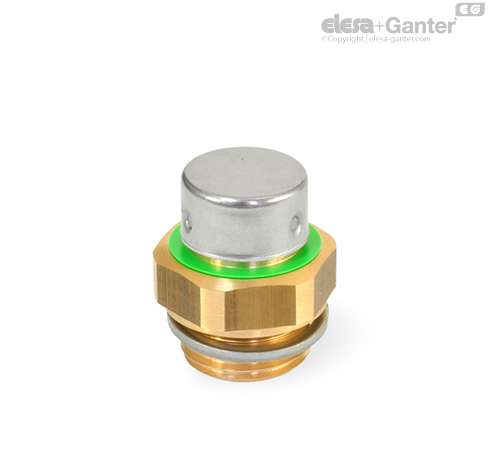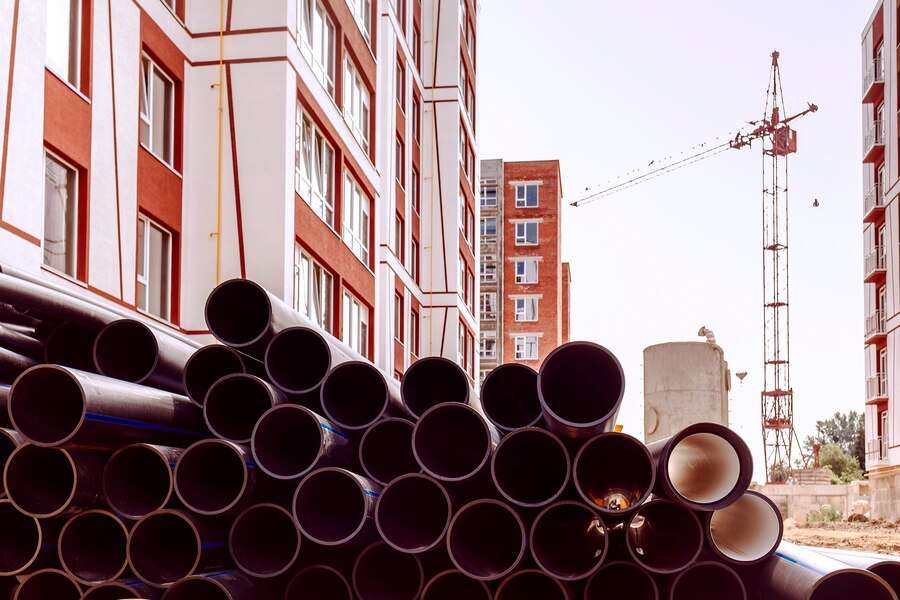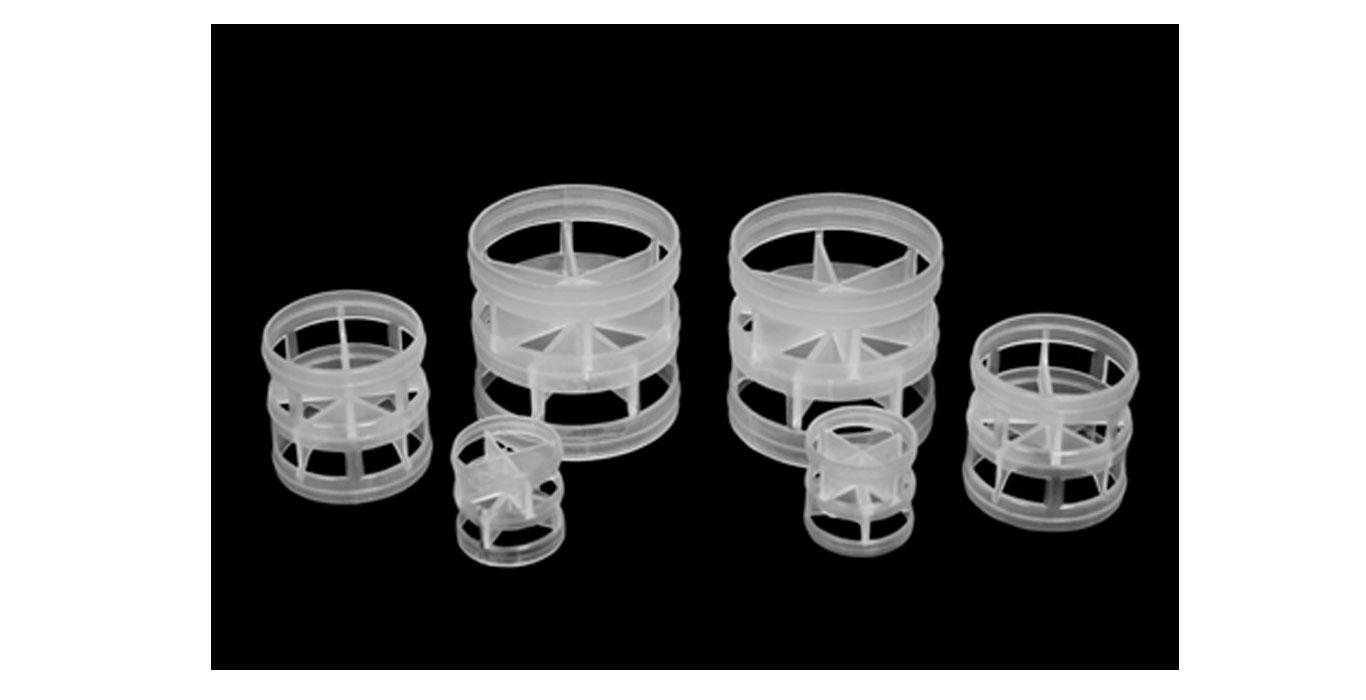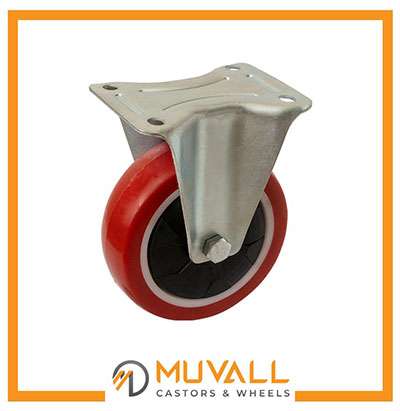In the realm of heavy-duty applications, where durability and resilience are paramount, stainless steel hinges emerge as unsung heroes, quietly shouldering the responsibility of providing robust structural support. These unassuming components, often overlooked, play a crucial role in ensuring the functionality and longevity of doors, gates, lids, and machinery in environments where the demand for strength is relentless. In this exploration, we delve into the enduring strength of stainless steel hinges, unraveling their significance and unrivaled performance in heavy-duty applications.
Foundations of Strength: Stainless Steel Unveiled
1. Corrosion Resistance:
– The hallmark of stainless steel lies in its resistance to corrosion. In heavy-duty applications where exposure to harsh elements is inevitable, the ability of stainless steel to withstand rust and degradation becomes a fundamental attribute. This resistance ensures that hinges maintain their structural integrity even in challenging environments, extending their lifespan significantly.
2. Strength-to-Weight Ratio:
– SS hinges boast an exceptional strength-to-weight ratio. This means that despite their robust build, they remain relatively lightweight. In heavy-duty applications, where every component must contribute to the overall strength without adding unnecessary bulk, this characteristic becomes invaluable.
3. Durability in Varied Conditions:
– Heavy-duty environments can be unpredictable, subjecting equipment and machinery to temperature variations, moisture, and mechanical stress. Stainless steel hinges, designed to endure diverse conditions, offer consistent performance whether in outdoor settings or within industrial facilities.
Heavy-Duty Applications: Where Strength Matters Most
1. Industrial Machinery:
– In the heart of manufacturing plants and industrial facilities, stainless steel hinges provide the pivot points for machinery components. Their ability to withstand heavy loads, constant movement, and exposure to industrial byproducts makes them indispensable in the seamless operation of heavy machinery.
2. Transportation:
– Whether in the form of large cargo containers, trailers, or heavy vehicle doors, stainless steel hinges play a crucial role in the transportation industry. They ensure that doors and access points remain secure, even under the stresses of constant movement, vibrations, and varying weather conditions.
3. Marine Applications:
– The corrosive nature of marine environments poses a significant challenge to materials. Stainless steel hinges find a natural home in marine applications, where their resistance to saltwater corrosion ensures the reliable functionality of doors, hatches, and cabinets on ships and offshore structures.
4. Infrastructure and Construction:
– In construction and infrastructure projects, stainless steel hinges find applications in heavy doors, gates, and access panels. Their ability to withstand the rigors of constant use, exposure to the elements, and potential impacts makes them essential for maintaining the security and functionality of critical structures.
Design Features for Heavy-Duty Reliability
1. Continuous Hinges for Even Load Distribution:
– Continuous hinges, also known as piano hinges, are particularly favored in heavy-duty applications due to their design that distributes the load evenly along the entire length. This feature minimizes stress points, reducing the risk of fatigue and ensuring prolonged durability.
2. Ball-Bearing Mechanisms for Smooth Operation:
– Stainless steel hinges often incorporate ball-bearing mechanisms. This not only facilitates smooth and silent operation but also enhances the load-bearing capacity of the hinge. In heavy-duty scenarios, where doors and lids may be large and cumbersome, the inclusion of ball bearings becomes instrumental.
3. Adjustability for Precise Functionality:
– Heavy-duty applications often require precise alignment and functionality. Stainless steel hinges designed with adjustability features allow for fine-tuning, ensuring that doors close securely, access points align accurately, and machinery operates smoothly even under heavy loads.
Maintenance Considerations: Longevity through Care
1. Regular Lubrication for Optimal Performance:
– Despite their resilience, stainless steel hinges benefit from regular lubrication. This not only ensures smooth operation but also contributes to the prevention of wear and corrosion. In heavy-duty applications, where hinges may undergo significant stress, proactive maintenance is key to ensuring their longevity.
2. Inspection for Wear and Tear:
– Periodic inspection of hinges is crucial in heavy-duty settings. Wear and tear may occur over time, particularly in components that are constantly in motion. Detecting signs of fatigue early allows for timely replacement, preventing unexpected failures that could compromise the integrity of doors or machinery.
3. Corrosion Prevention Measures:
– While stainless steel is highly resistant to corrosion, certain conditions, such as exposure to aggressive chemicals, might necessitate additional corrosion prevention measures. Coatings or surface treatments can be applied to enhance the protective properties of stainless steel hinges in corrosive environments.
The Future of Stainless Steel Hinges: Innovation and Integration
1. Advanced Materials for Enhanced Performance:
– The future of stainless steel hinges may involve the integration of advanced materials, further enhancing their performance in heavy-duty applications. Composite materials, reinforced alloys, or innovative coatings could be explored to push the boundaries of strength and durability.
2. IoT Integration for Smart Functionality:
– As industries move towards smart manufacturing, the integration of stainless steel hinges with Internet of Things (IoT) technologies could offer new possibilities. Smart hinges could provide real-time data on usage, wear patterns, and potential maintenance needs, contributing to more efficient and predictive maintenance strategies.
3. Sustainable Practices in Material Sourcing:
– The emphasis on sustainability in manufacturing may lead to innovations in material sourcing for stainless steel hinges. Practices that prioritize eco-friendly manufacturing processes and the use of recycled materials could become integral to the production of these heavy-duty components.
SS Hinges and Breather Valve: Improving Safety and Function in Industrial Environments
Stainless steel SS hinges and breather valves are two essential parts that work together to ensure both safety and maximum performance in the ever-changing world of industrial machinery and equipment. These modest-looking components go a long way toward ensuring the longevity and effective operation of different systems.
Conclusion: The Unseen Pillars of Heavy-Duty Reliability
In heavy-duty applications, where every component bears the weight of reliability, stainless steel hinges stand as the unseen pillars of strength. Their resilience, durability, and resistance to corrosion make them indispensable in environments where failure is not an option. As industries evolve and demand even greater performance from their machinery and infrastructure, the role of stainless steel hinges as silent guardians of heavy-duty reliability will only become more pronounced.










